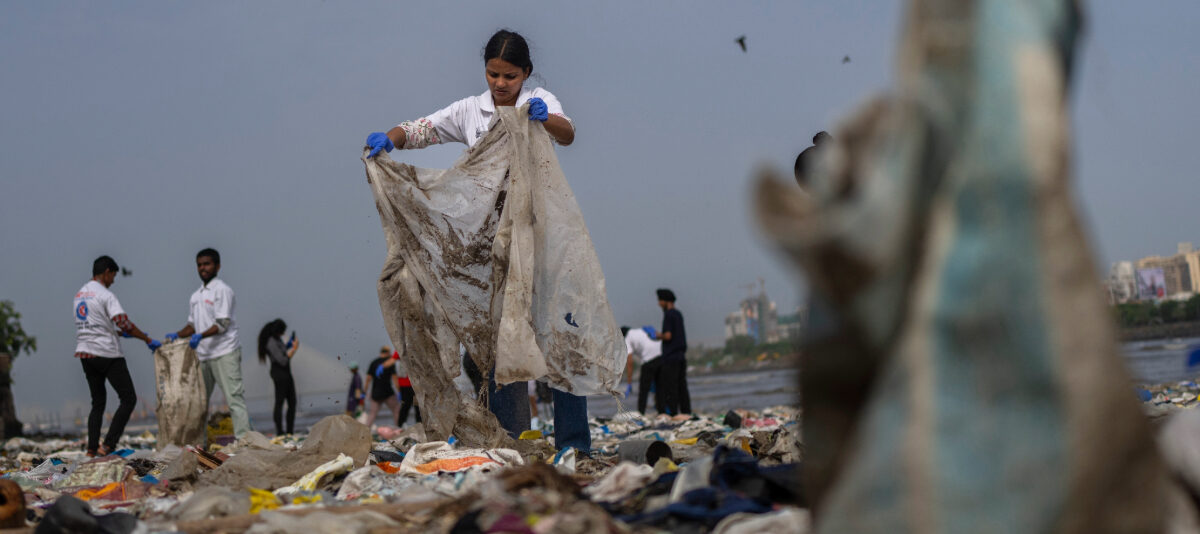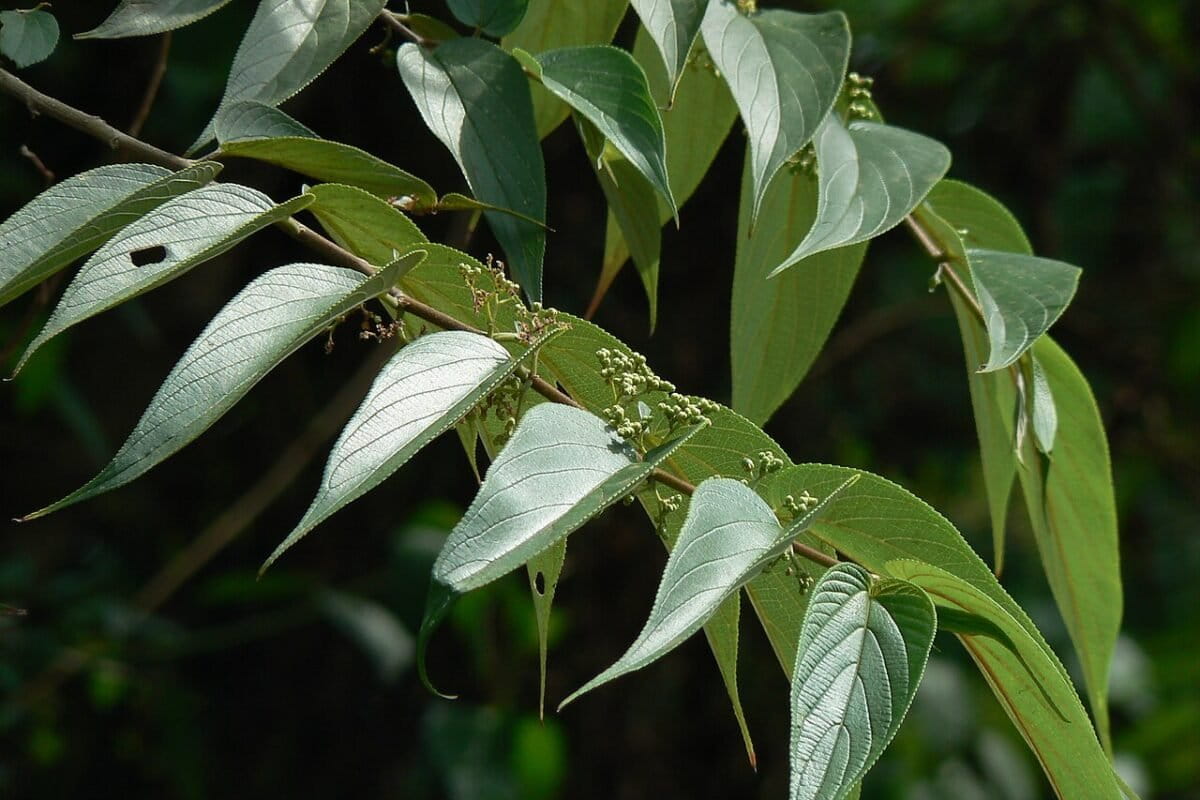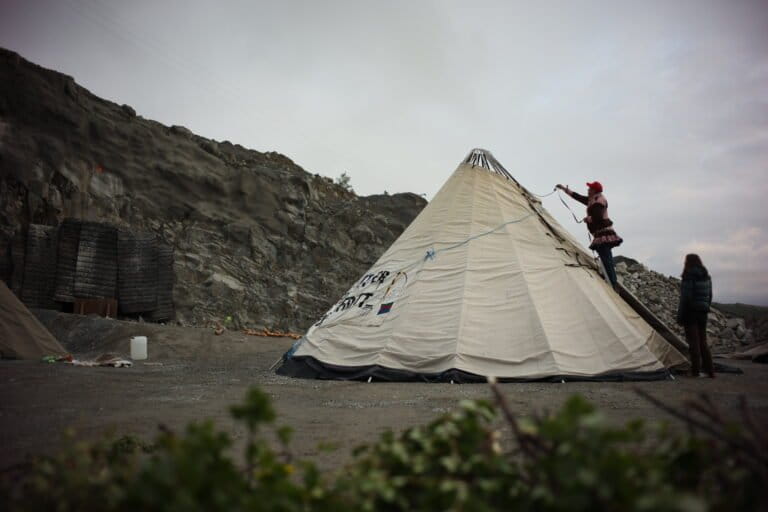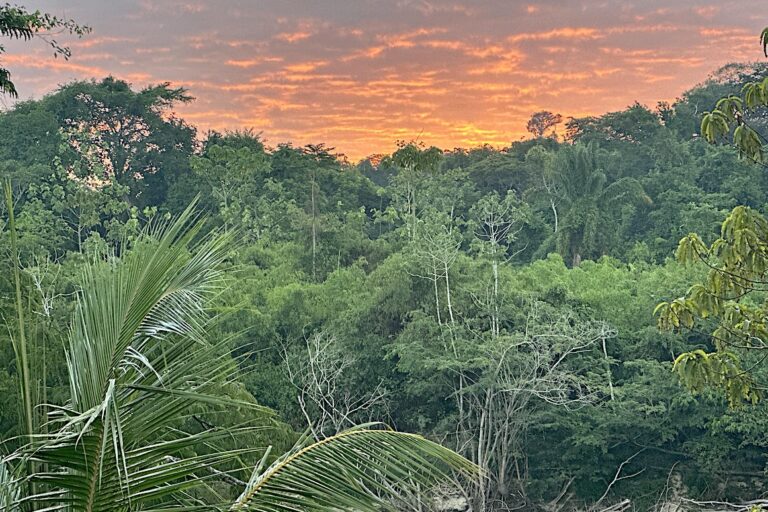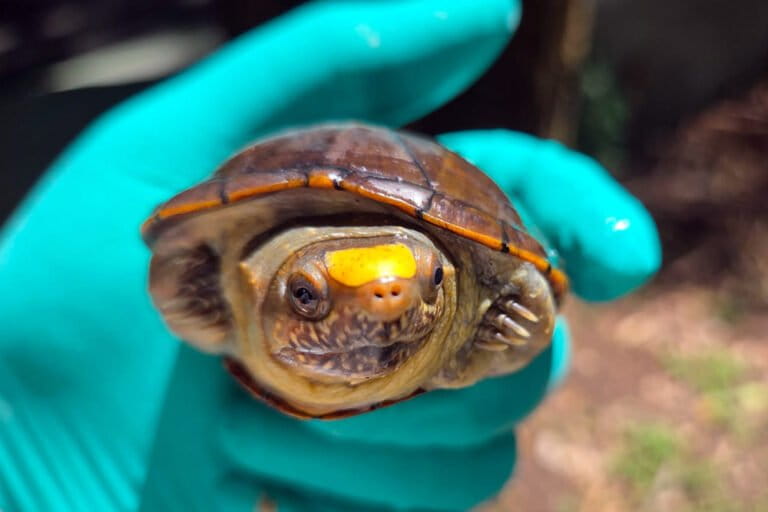- Some 350 families in Palmar Sur, in southeastern Costa Rica, face eviction over the construction of a new international airport designed to serve the country’s growing tourism industry.
- The project, endorsed by the country’s president, also threatens a UNESCO World Heritage Site and the Terraba Sierpe National Wetlands, a large mangrove ecosystem that provides habitat for scores of bird species.
- Since its approval in 2010, the airport project has faced opposition from local communities, who fear the loss of their land, for which they lack property titles.
- Now, locals are considering taking legal action against the state, and are pinning their hopes on pre-Columbian archaeological finds on their land putting an end to the airport project.
PALMAR SUR, Costa Rica — “Once, we were digging to build a fence for the animals and we discovered by luck some archaeological artifacts,” says Ana Isabel Vargas Ortiz, a 55-year-old farmer. She lives in Finca 9, a village close to the Diquís Delta archaeological site in the Puntarenas region of southeast Costa Rica. “It was a strong emotion and not only for the historical value. We still hope that our ancestors will save us from the construction of the new airport, which will make us lose our houses and lands.”
Vargas Ortiz, a mother of seven, is one of the community leaders opposing the construction of the AIZS airport project that would overlap with her village and the neighboring Finca 10. The airport, planned in the vicinity of a UNESCO World Heritage Site that’s home to pre-Columbian artifacts, will have a 2.6-kilometer (1.6-mile) runway, whose construction threatens to evict the roughly 350 families living in the two hamlets and affect the four archaeological sites inside the Diquís park.
The airport is among many projects related to tourism development expanding across the country. “From the Pacific to the Caribbean coast, we witness the commodification of nature in Costa Rica,” says Tania Rodríguez Echavarría, a professor of political ecology at the University of Costa Rica. “Monoculture [farming] and tourism on a large scale are part of the same agro-exporter and extractivist vision, which leaves local people behind.”

According to Rodríguez Echavarría, Costa Rica’s approach to tourism, increasingly focused on adventure, nature and wellness, has recently been “appropriating the Indigenous traditions to invisibilize the local and transform the landscape in Global North touristic areas.”
Costa Rica’s tourism boom is affecting particularly the Guanacaste region in the country’s northwest. According to the latest report by the Federated College of Engineers and Architects, the coastal canton of Santa Cruz in Guanacaste has the biggest surface of built environment in the country; in 2023, construction projects on Guanacaste’s coast spanned nearly 95 hectares (235 acres), about as much as the total built environment in Costa Rica’s 40 other cantons combined.
Airports have helped facilitate the tourism boom, which increased by more than 16% in 2023 from the previous year. “The northwest part of Guanacaste [has] had the worst touristic development with all-inclusive resorts pushed also by the presence of the airport in the region [of Guanacaste],” Rodríguez Echavarría says. Still, the Guanacaste airport, which opened in 1995, is a six-hour drive from Finca 9 and 10; hence the decision to build a new airport serving this southern part of the country. For the communities here, there’s a fear that history will repeat itself.

Residents and activists say they’re worried that the AIZS project will affect the Terraba Sierpe National Wetlands, the largest and most important wetland on the Central American Pacific coast. Created in 1994, the protected area’s mangroves cover over 14,700 hectares (36,300 acres), providing habitat for 159 bird species, including the spot-crowned euphonia (Euphonia imitans), the yellow-billed cotinga (Carpodectes antoniae) and the golden-naped woodpecker (Melanerpes chrysauchen).
Since 2010, when the government approved the project via an executive decree, the AIZS airport has faced opposition. In February 2023, despite community hostility and the negative environmental impact assessment from the National Environmental Technical Secretariat (SETENA), which highlighted risks to waterways and increased vulnerability to extreme events, the government included it among its objectives, with President Rodrigo Chaves announcing a $105 million investment in its development.
From the beginning, local communities in Finca 9 and 10 organized protests against the AIZS project, while engaging with experts to research the project’s environmental impacts, meeting with government officials, and, more recently, exploring legal action.

“This project is an emblematic example of how our country is selling itself to massive tourism,” Mauricio Álvarez Mora, a geography professor at the University of Costa Rica who has looked into the potential impacts of the AIZS project since 2010, tells Mongabay. “The airport’s goal is to make tourism explode in the area, as the Guanacaste airport did. They are not taking into account environmental criteria, so the only reason that could save residents from the eviction could be the preservation of the archaeological area: with the construction of the airport, it will immediately lose the UNESCO certification.”
Costa Rica’s National Museum is also involved in the efforts to preserve the archaeological site, says Ifigenia Quintanilla Jimenez, an archaeologist and the museum’s director. The institution is currently evaluating the archaeological impacts of the AIZS project, carrying out more than 3,700 digs on the land that overlaps with the project site. “It is a very important study to protect the archaeological heritage and also to complete the environmental viability,” Quintanilla Jimenez says. Begun in March, the survey is expected to be completed in June.
Lack of formal property rights
Local families are fighting to remain on their lands. “My husband was the first member of our family to arrive in Finca 9, 20 years ago,” Vargas Ortiz says. “We moved here and looked for a job in a cooperative of banana workers. When the company left, we were jobless, but we decided to remain.”
Finca 9 and 10 were created when the Banana Company of Costa Rica, a subsidiary of the U.S.-based United Fruit Company, arrived in 1934.
Now, Vargas Ortiz’s family could be evicted because of the airport. They don’t have property titles for the land where they live and practice small-scale subsistence agriculture, growing bananas, yuccas, beans and coconuts. “We live with the produce of our vegetable garden and sell the rest in the street or in small supermarkets,” Vargas Ortiz says. “We could leave our land only for better conditions, but we are scared to remain with nothing.”

Neighbor Grace Vargas Mendez’s family is also at risk. Vargas Mendez, 44, lives with her husband and son on a plot in Finca 10. “We arrived here because we had no other home or work. We rented these 3 hectares [7 acres]; at the beginning, there was nothing here, and we planted fruit trees and crops needed for our subsistence,” she says while proudly showing her small plantation of pineapples and bananas.
For Apolonia Hernández Sequeira, locally known as Doña Pola, the threat of the airport is very much in sight. She earns a living selling bread and corn cakes to the neighbors and will be the first to be evicted once works begin, as her house sits on the edge of the future runway that’s already been marked out with stakes by the national civil aviation authority.

“In 1984, after the closure of the banana business in the area [due to workers’ strikes and falling banana prices] the farmers remained unemployed, without land titles, and engaged in conflicts with the state of Costa Rica [which owns the lands] that are still ongoing,” says Jose Antonio Mora Calderon, a geography professor and coordinator of Kioscos Socioambientales, a project at the University of Costa Rica for boosting information on community projects and land conflicts.
Playing into the narcos route
Activists and academics also warn about the potential for new tourism infrastructure to be misused for criminal purposes. “The Guanacaste and Osa regions [where the AIZS airport will be located] are a huge corridor for drug trafficking: from Peru [and] Ecuador to the U.S.A. and Europe. Costa Rica is full of illegal runaways built in the night and destroyed by police in the morning,” Mora Calderon says. “More than ever, tourism and agroindustry are a façade for narcotraffic.”
Drug traffickers often use the clandestine landing strip of small airports to unload the goods. Since November 2020, the Air Surveillance Service of the Ministry of Public Security has identified 16 clandestine landing strips in Costa Rica, with Guanacaste the region with the highest number of seizures.
“Regarding the AIZS project, we are scared that the landing strip will be also used for narcotraffic purposes, as happened in other airports of the country,” Mora Calderon says.
Hoping for a future without an airport
While the government is speeding up the AIZS airport project, community members are considering pursuing legal action. They say they want to protect their land and prevent the region from becoming like Guanacaste. “We witnessed how the Guanacaste airport was born to facilitate this type of tourism that has transformed our country in the past and still continues to do so. We are scared that this will happen also in our lands,” Vargas Ortiz says. “Every time we meet the Guanacaste community involved in the land struggle, they ask us not to give up our resistance against the construction of the airport. They ask us in Palmar Sur to resist this tourism that is destroying our country and our communities.”
The last hope for residents is to find other archaeological treasures hidden beneath their land. “We desire to find valuable artifacts during our works on the field, so new archaeological excavation will cancel the AIZS airport project. It’s our last hope,” Vargas Ortiz tells Mongabay. “We pray constantly to our ancestors to save our home and land.”
Banner image: The Terraba Sierpe National Wetland Zone, located four kilometers far from the future airport landing strip, could suffer consequences. Terraba Sierpe it’s the largest and most important wetland on the Central American Pacific coast. Image by Alice Pistolesi for Mongabay.
FEEDBACK: Use this form to send a message to the author of this post. If you want to post a public comment, you can do that at the bottom of the page.


